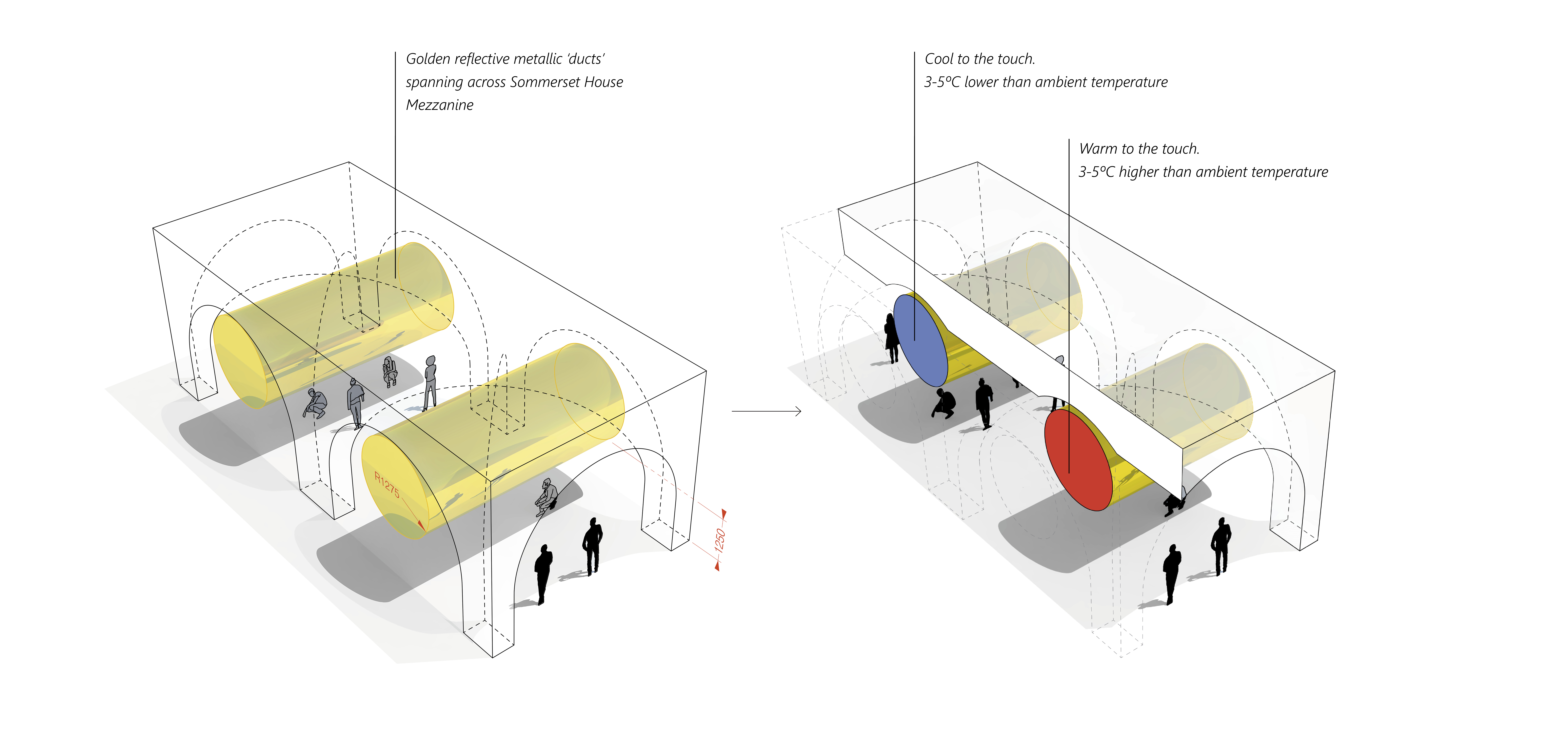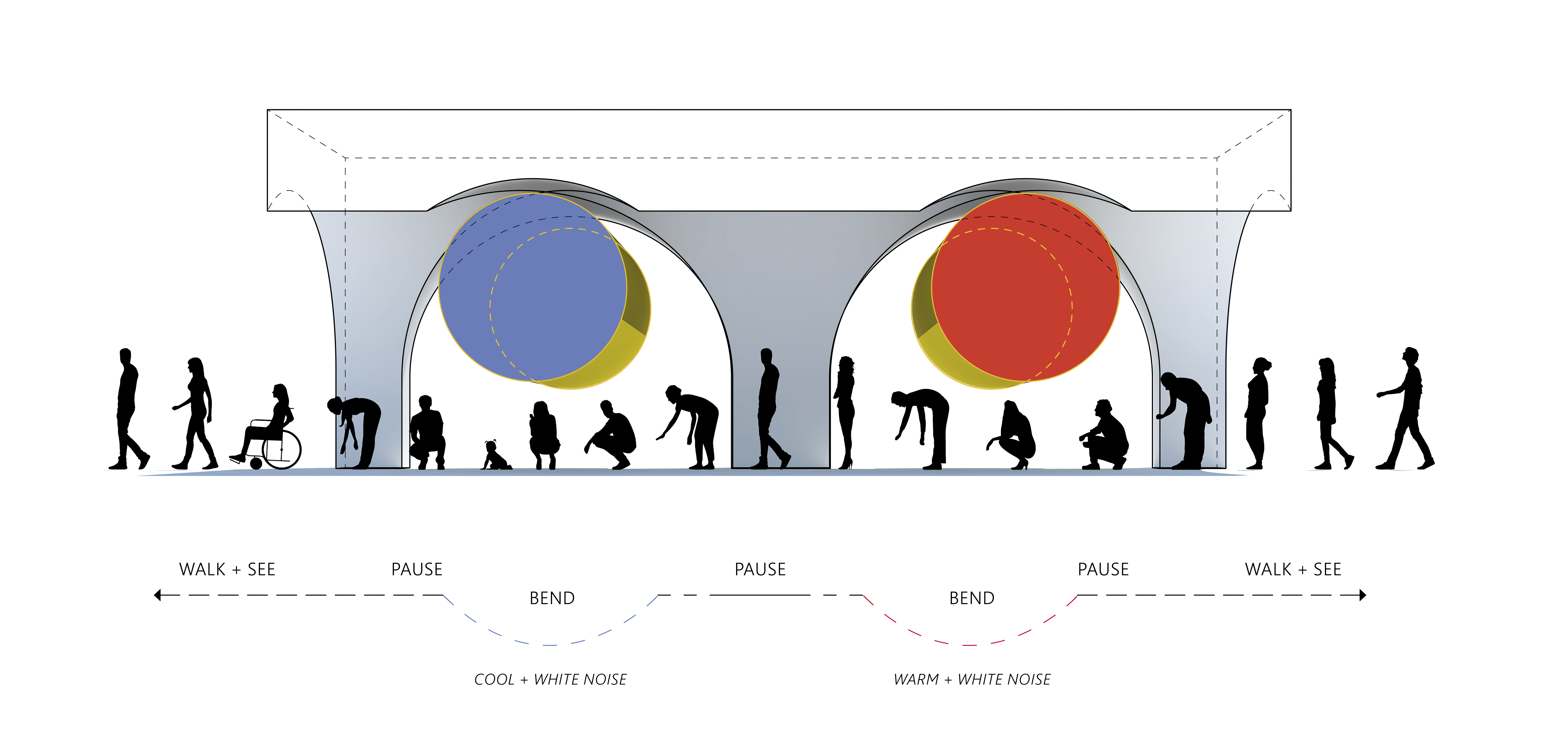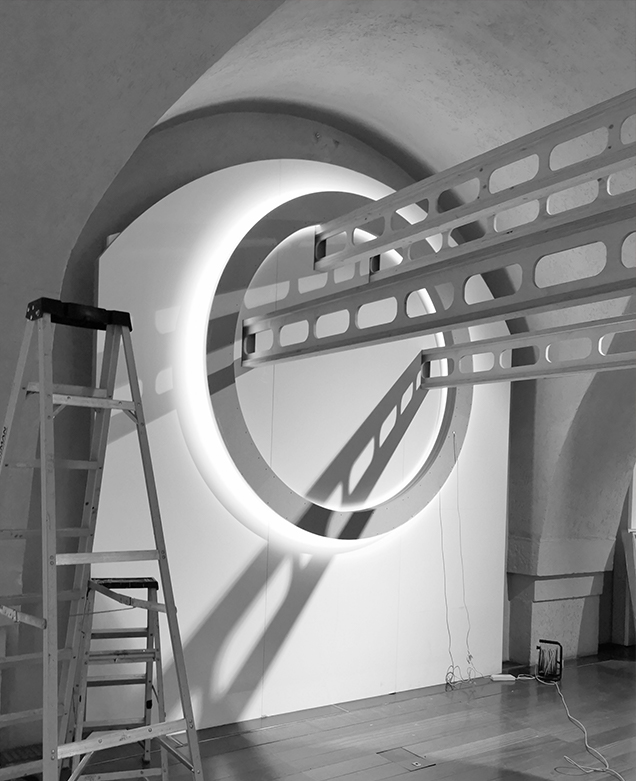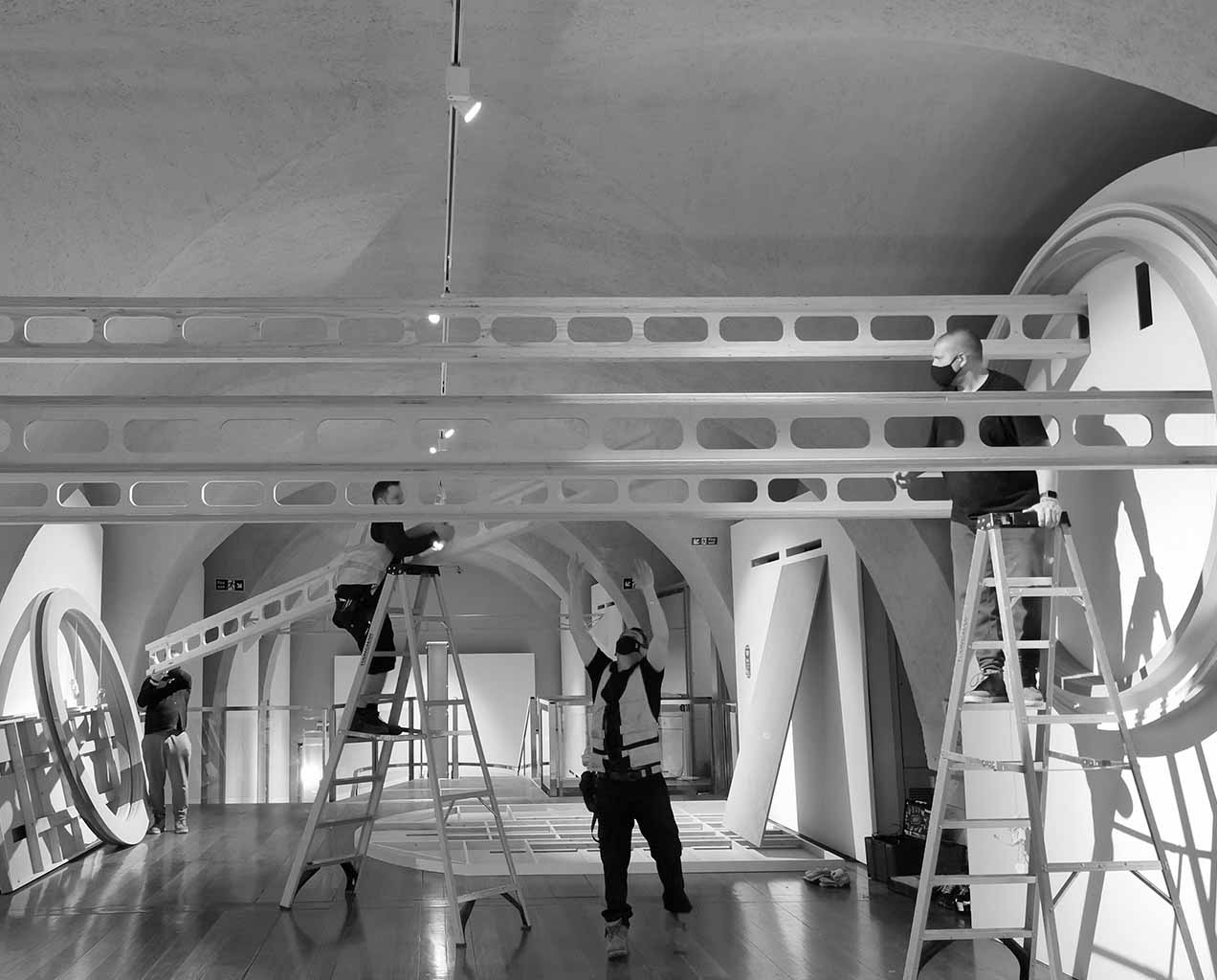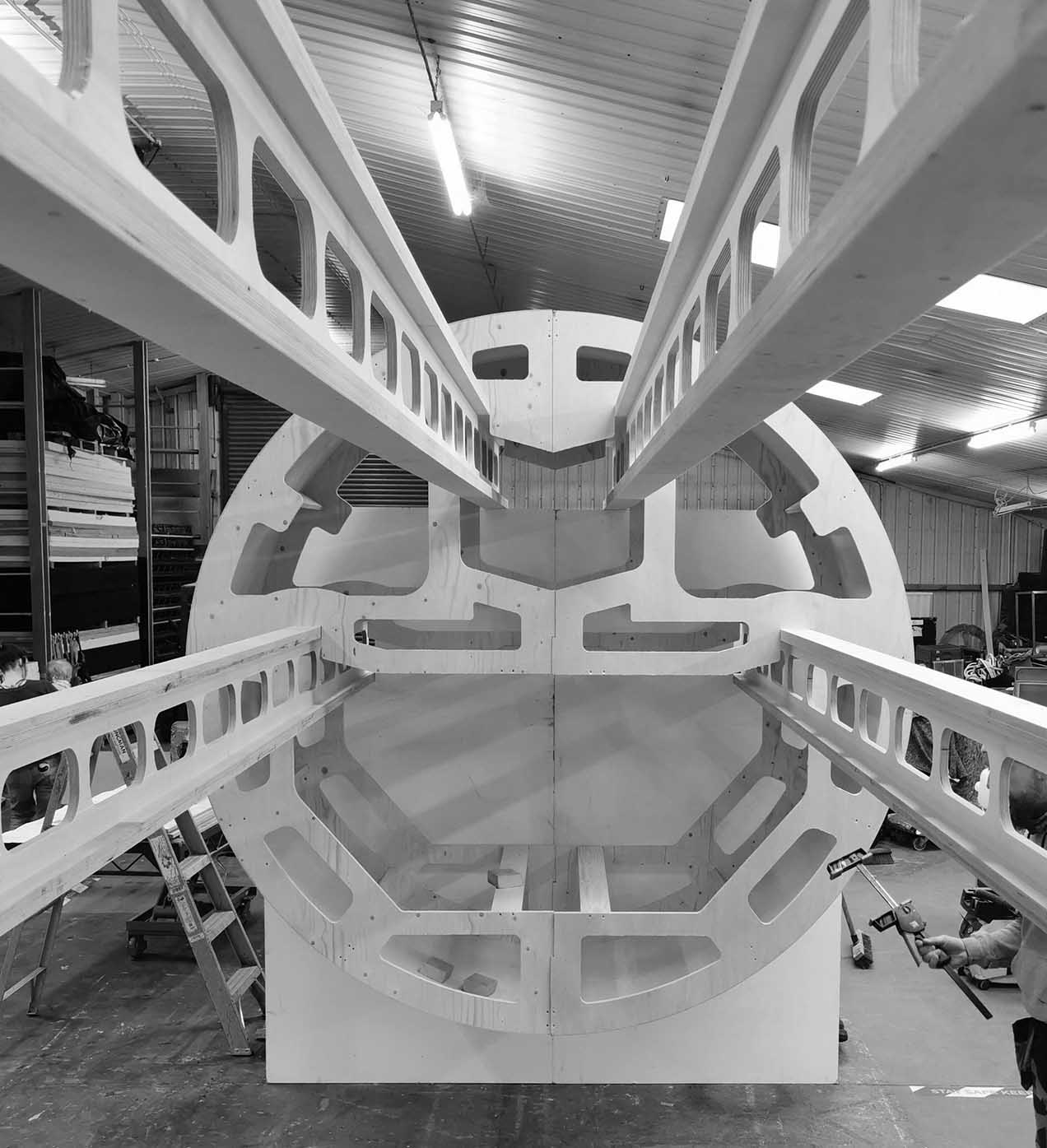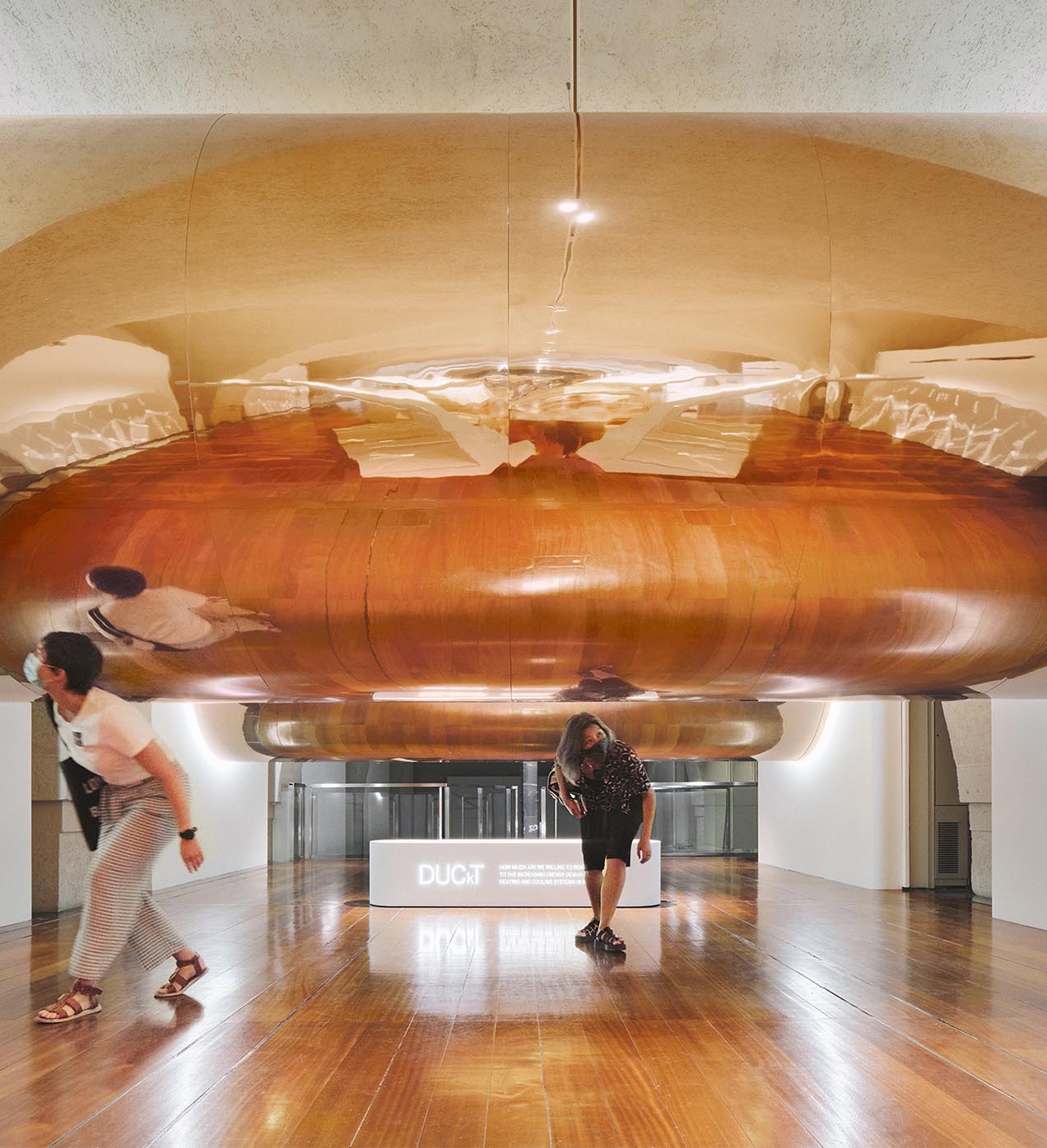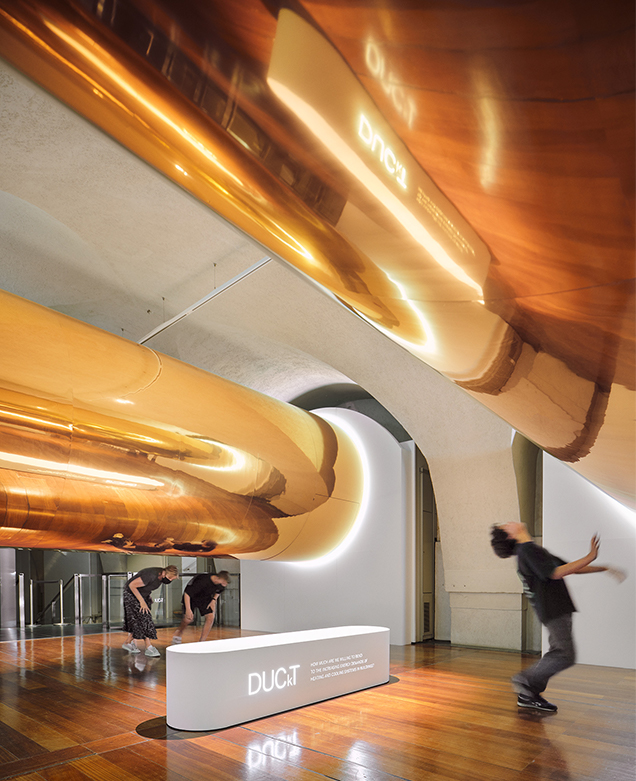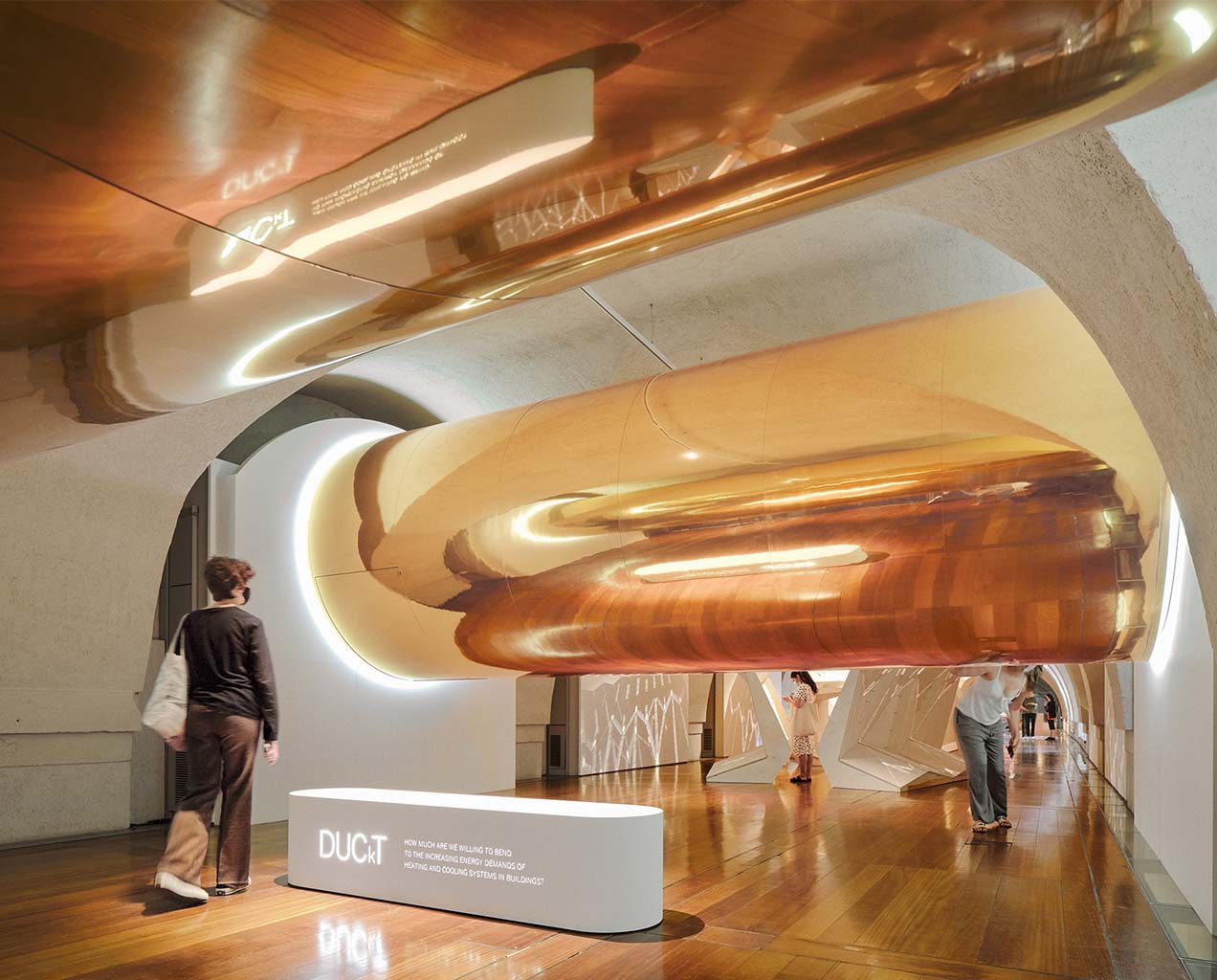London, UK
Organizer London Design Biennale
Administering Body High Commission of Canada in the United Kingdom
Status Exhibited at Somerset House, June 2021
Photography Henry Woide
Website London Design Biennale
Canada Pavilion – London Design Biennale
Revery’s inspiration for the Canadian installation at the 2021 London Design Biennale comes from a self-reflection of the reliance on indoor micro-climate systems in the building sector at the expense of our planet’s wellbeing. Our designers were struck by the overwhelming reality of current climate change predictions and the urgent need to address the rapid growth in inefficient and carbon-intensive buildings.
The world’s urban population is expected to surpass 6 billion by 2050 and an estimated 2 billion new homes are projected to be built over the next 80 years. With heating, cooling, and ventilation in buildings currently accounting for almost 12% of global CO2 emissions, it is estimated that, by 2050, mechanical systems’ energy use will grow by 80% generating billions of tons of CO2 in the environment. To avoid global temperatures from rising more than 1.5°C, current emission levels must be dramatically reduced, even with the growth in population and new buildings.
Visitors to Revery’s ‘DUCkT’ installation at London’s Design Biennale will be presented with two exaggerated metal air ducts crossing over the gallery. Made from reflective golden aluminum to prompt a sense of awe and splendour, the ducts also provoke personal reflection (figuratively and literally) towards a common threat. DUCkT forces the viewer to duck beneath, touch, hear, and feel the objects responsible for our thermal comfort, experiencing the desirable warmth and coolness, linked to the unpleasant acoustic pollution and physical discomfort, as an analogy for our current way of building.
Revery’s design aims to spotlight Canada’s reliance on artificial heating and cooling systems due to the country’s diverse climate, and the necessity to question its viability in the future. There is an immediate need to address the rapid growth in inefficient and carbon-intensive buildings and to bring answers to some pressing questions: Are we over-using technology just because we can? Are we willing to accept varying indoor temperatures that respond to seasonal changes? Can architecture fundamentally shift away from its reliance on mechanical systems and the vast energy required to make buildings more habitable? Should we continue to rely on these systems to create comfortable yet ineffective internal micro-climates at the expense of our planet?

